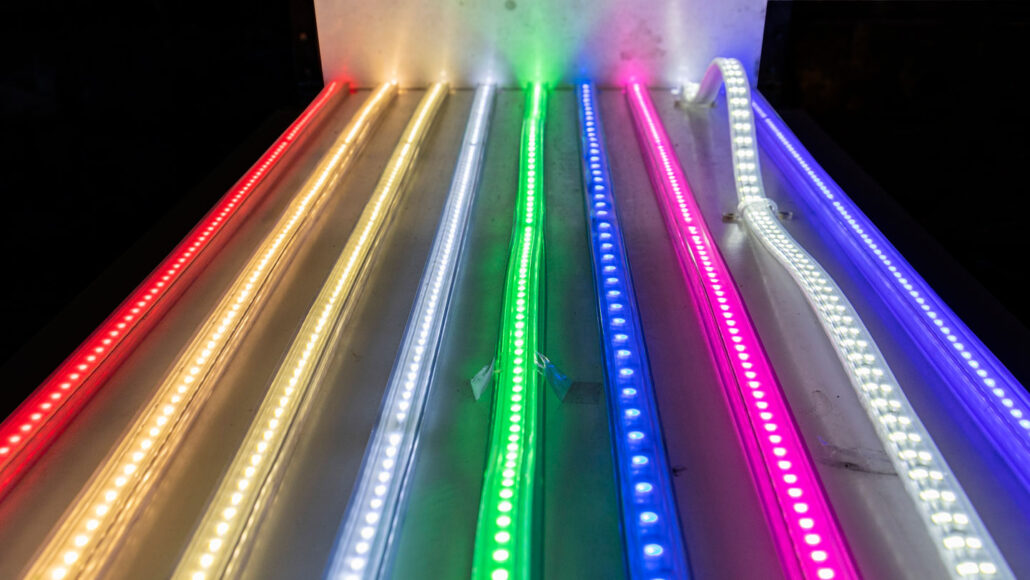battery: A device that can convert chemical energy into electrical energy.
diode: An electronic part that works like a one-way valve for electric current.
electric charge: The physical property responsible for electric force; it can be negative or positive.
fluorescent: (v. fluoresce) Adjective for something that is capable of absorbing and reemitting light. That reemitted light is known as fluorescence.
holes: (in electronics) The absence of normally expected electrons in a semiconductor crystal
LED: (short for light emitting diode) Electronic components that, as their name suggests, emit light when electricity flows through them. LEDs are very energy-efficient and often can be very bright. They have lately been replacing conventional lights for home and commercial lamps.
n-type layer: (in solid-state electronics) A layer of semiconductor material that has been doped — inserted with — electrons .
p-type layer: (in solid-state electronics) A layer of semiconductor material that has been doped — inserted with — bonus electron holes.
voltage: A force associated with an electric current that is measured in units known as volts. Power companies use high-voltage to move electric power over long distances.

